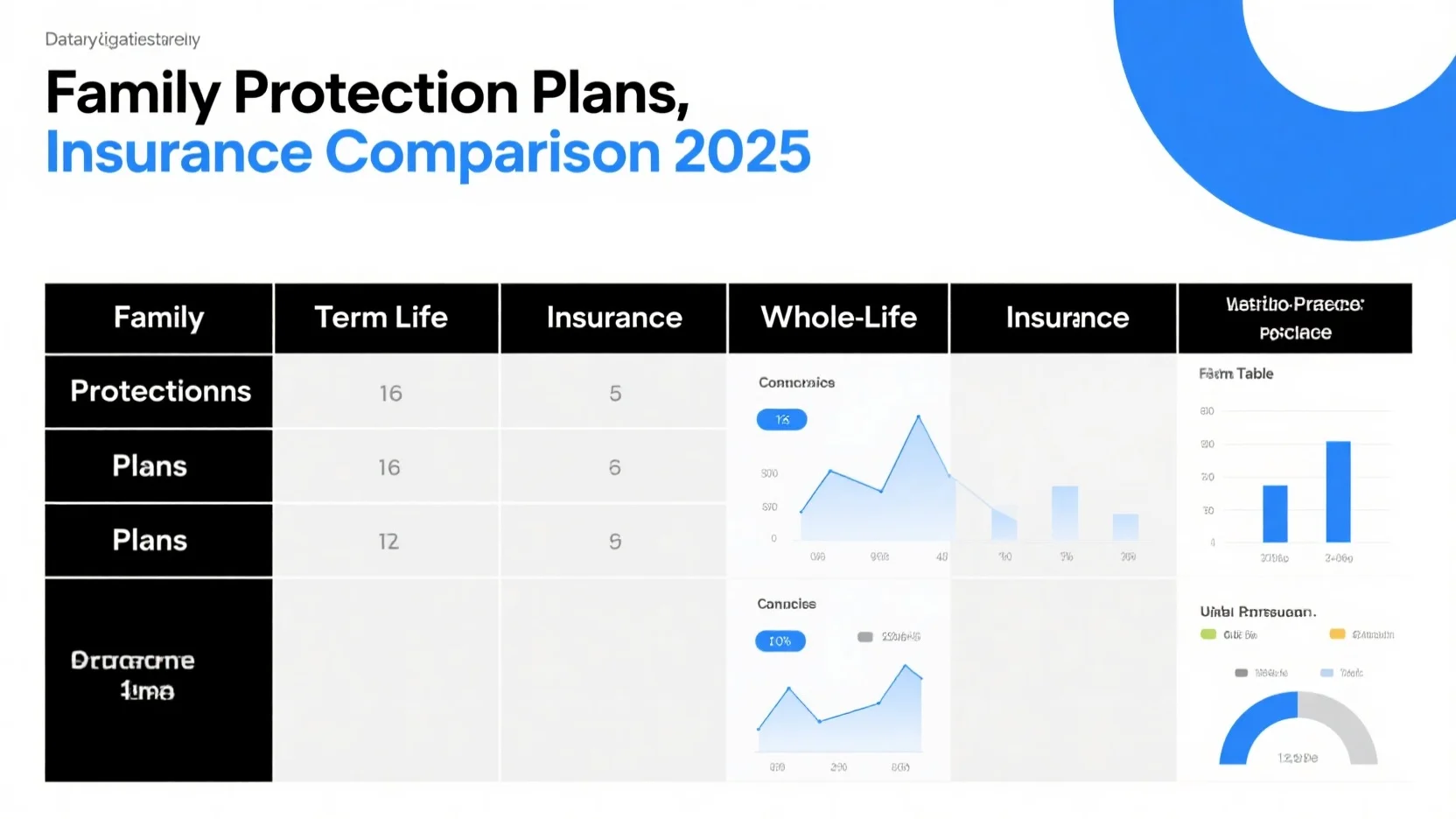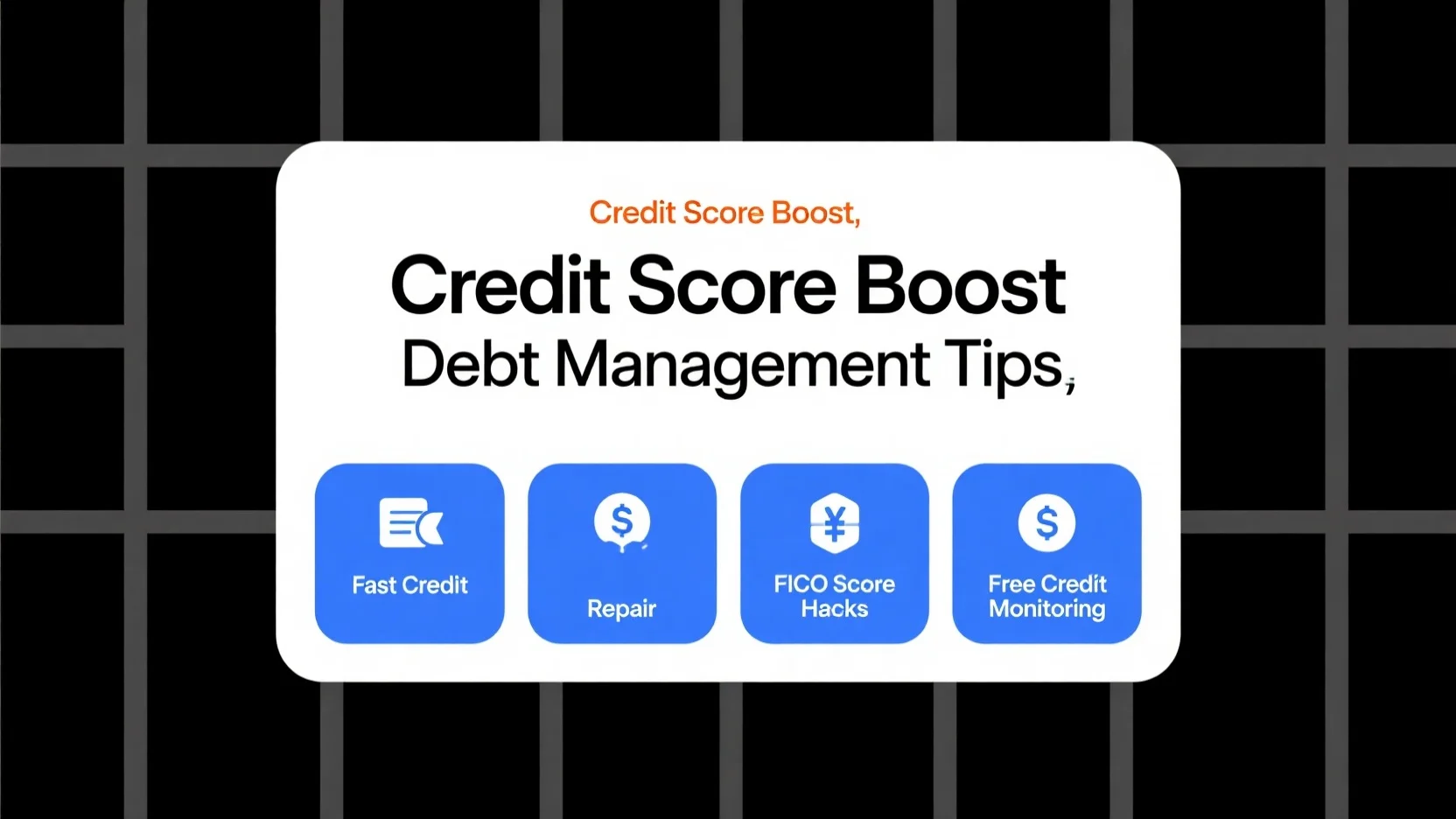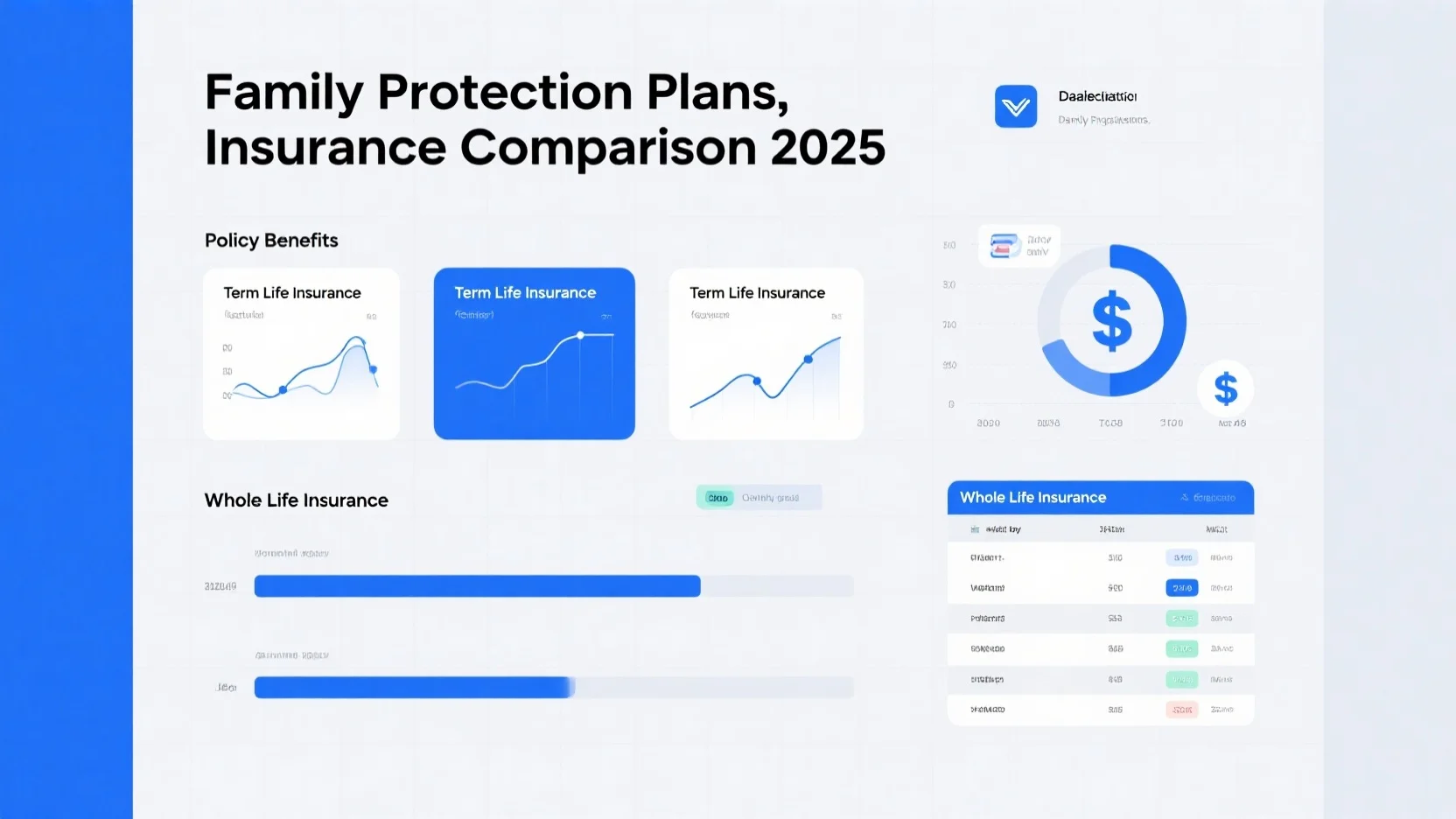Image Source: unsplash
Choosing the right life insurance policy can feel overwhelming, but understanding the differences in the ‘Life Insurance Comparison: Term vs 2025 Whole Life Policies’ is essential. Term life offers temporary coverage, while whole life provides lifelong protection and a savings component. Financial experts emphasize that knowing these distinctions helps you align your policy with your goals, ensuring your family’s financial security.
In 2025, term life insurance is expected to see moderate growth of up to 5%, while whole life policies are projected to rebound positively as interest rates stabilize. This trend highlights the importance of evaluating your needs carefully to make the best choice for your future.
Key Takeaways
- Term life insurance is cheap and covers you for a set time. It works well for short-term needs like loans or school costs.
- Whole life insurance lasts forever, has steady payments, and builds savings. It’s good for long-term plans and saving money.
- Think about your money goals and spending to pick the best plan. Check your insurance often, especially after big life events.
Term Life Insurance Overview
Definition and Key Features
Term life insurance provides coverage for a specific period, such as 10, 20, or 30 years. If you pass away during this term, your beneficiaries receive a death benefit. Unlike whole life insurance, term policies do not include a savings or investment component. This simplicity makes it an attractive option for those seeking straightforward protection. You can think of it as a safety net for your loved ones during critical financial years.
Coverage Duration
The duration of a term life policy depends on your needs. You might choose a 20-year term to cover your mortgage or a 30-year term to ensure your children’s education is funded. Once the term ends, the policy expires unless you renew it or convert it to a permanent policy. This flexibility allows you to align coverage with your financial goals.
Cost and Affordability
Term life insurance is one of the most affordable options available.
- Premiums are lower than whole life policies because the coverage is temporary.
- Rates remain fixed when you purchase the policy, offering financial predictability.
- For example, a healthy 30-year-old male could secure a 30-year term policy for about $18 per month. At age 50, the same policy would cost $67 per month.
In contrast, whole life insurance for the same individual would cost around $100 per month at age 30 and $227 at age 50. Delaying your purchase increases premiums, so acting early can save you money.
Best Use Cases
Term life insurance works best for temporary needs. If you want to protect your family while paying off a mortgage or ensure your children’s education is covered, this policy is ideal. It’s also a great choice if you’re on a budget but still want significant coverage. By focusing on your current financial responsibilities, you can provide peace of mind without overextending your finances.
Whole Life Insurance Overview

Image Source: pexels
Definition and Key Features
Whole life insurance provides lifelong coverage, ensuring your loved ones receive a death benefit no matter when you pass away. Unlike term life insurance, it includes a savings component called cash value, which grows over time at a fixed interest rate. Here are the key features of whole life insurance:
- Lifetime coverage: Your policy remains active as long as you pay the premiums.
- Cash value growth: A portion of your premium contributes to a cash value account that grows steadily.
- Fixed premiums: Your premium amount stays the same throughout the policy’s duration.
This combination of protection and savings makes whole life insurance a versatile financial tool.
Coverage Duration
Whole life insurance offers permanent coverage. You don’t have to worry about renewing or converting your policy. As long as you pay your premiums, your beneficiaries will receive the death benefit, whether you pass away at 50 or 90. This makes it an excellent choice for those seeking lifelong financial security for their families.
Cost and Premium Structure
Whole life insurance premiums are higher than term life insurance, but they remain fixed for the life of the policy. Here’s a quick comparison:
| Policy feature | Term life insurance | Whole life insurance |
|---|---|---|
| Initial premium | Typically lower than whole insurance | Typically higher than term insurance |
| Premium over time | May remain the same or increase | Guaranteed to remain the same |
While the upfront cost may seem steep, the fixed premiums provide long-term predictability and stability.
Cash Value and Savings Component
One of the standout benefits of whole life insurance is its cash value. This feature acts as a living benefit, allowing you to access funds while you’re alive. You can withdraw or borrow against the cash value for emergencies, education, or other needs. This flexibility makes whole life insurance more than just a death benefit—it’s a financial asset you can use during your lifetime.
Best Use Cases
Whole life insurance is ideal if you want lifelong coverage and a savings component. It’s perfect for building wealth, leaving a legacy, or covering estate taxes. If you’re looking for a policy that grows with you and provides financial flexibility, whole life insurance is a smart choice.
Life Insurance Comparison: Term vs 2025 Whole Life Policies
Length of Coverage
When it comes to coverage length, term and whole life insurance differ significantly:
- Term life insurance provides coverage for a set period, typically between 10 to 30 years. Once the term ends, the policy expires unless you renew or convert it.
- Whole life insurance, on the other hand, offers lifelong coverage as long as you continue paying premiums.
If you’re looking for temporary protection, term life is ideal. However, if you want a policy that lasts your entire life, whole life insurance is the better choice.
Cost Differences
Cost is often a deciding factor in choosing between these policies. Term life insurance is more affordable, with lower premiums because it only covers a specific period. Whole life insurance, while more expensive, offers fixed premiums and additional benefits like cash value accumulation. For example, a 30-year-old male might pay $18 per month for a term policy but over $100 per month for a whole life policy. If affordability is your priority, term life insurance is the way to go.
Cash Value and Investment Potential
Unlike term life insurance, whole life policies include a cash value component that grows over time. This feature allows you to borrow against or withdraw from the cash value, making it a financial asset. Term life insurance lacks this savings element, focusing solely on providing a death benefit. If you’re seeking a policy with investment potential, whole life insurance stands out.
Benefits and Flexibility
Each policy type offers unique benefits:
-
Term Life Insurance:
- Affordable premiums.
- Flexible coverage periods (10, 20, or 30 years).
- Simple and straightforward.
-
Whole Life Insurance:
- Fixed premiums for life.
- Guaranteed death benefit.
- Cash value that can be accessed during your lifetime.
If you value simplicity and affordability, term life insurance is a great fit. For those seeking lifelong coverage and financial flexibility, whole life insurance is the better option.
Suitability for Different Life Stages
Your life stage plays a crucial role in determining the right policy. Term life insurance is perfect for covering temporary needs, such as raising children or paying off a mortgage. Whole life insurance suits those seeking permanent coverage and a savings component. Younger individuals often choose whole life insurance to lock in lower premiums and build cash value over time. As you age, this cash value can help with expenses like medical bills or retirement.
Choosing the Right Policy for Your Needs
Assessing Financial Goals
Your financial goals should guide your choice of life insurance. Start by identifying what you want to achieve. Do you need to secure your family’s financial future, save for major expenses, or build an emergency fund? Create a cash flow statement to understand your income and expenses. Prioritize savings and insurance over discretionary spending. Balance premiums with other financial priorities to avoid overextending your budget. Regularly review your policy after major life events to ensure it still aligns with your goals.
Budget Considerations
Your budget plays a critical role in selecting the right policy. Term life insurance is more affordable, making it ideal if you have limited funds. Whole life insurance, with its higher premiums, may not fit within a tight budget. Evaluate your financial situation carefully. If affordability is your priority, term life insurance offers significant coverage at a lower cost. However, if you can manage higher premiums, whole life insurance provides lifelong benefits and a savings component.
Long-Term vs Short-Term Needs
Consider whether your needs are short-term or long-term. Short-term needs, like paying off a mortgage or funding your child’s education, align well with term life insurance. Long-term needs, such as estate planning or leaving a legacy, make whole life insurance a better choice. Think about the duration of coverage you require. Term life insurance provides temporary protection, while whole life insurance ensures lifelong security.
Consulting a Financial Advisor
A financial advisor can help you make an informed decision. They assess your financial situation, goals, and coverage needs. Their expertise ensures you choose a policy that aligns with your life stage and budget. Consulting a professional reduces the risk of selecting the wrong policy. It also provides peace of mind, knowing your family’s financial future is secure.
💡 Tip: Always revisit your policy after major life changes, such as marriage, having children, or buying a home.
Understanding the differences between term and whole life insurance is crucial. Here’s a quick recap:
| Feature | Term Life Insurance | Whole Life Insurance |
|---|---|---|
| Cost | Lower premiums | Higher premiums |
| Coverage Length | Temporary (10-30 years) | Lifelong if premiums are paid |
| Cash Value | None | Builds over time, accessible via loans |
Aligning your choice with financial goals ensures stability. It secures your family, helps save for major expenses, and builds an emergency fund. Seeking professional advice can simplify estate planning, protect your business, and manage taxes. Take action today to safeguard your future.
💡 Tip: Evaluate your needs regularly to keep your policy aligned with life changes.
FAQ
What happens if you outlive your term life insurance policy?
When your term ends, coverage stops. You can renew, convert to whole life, or let it expire. Renewal costs more due to age.
Can you access the cash value in a whole life insurance policy?
Yes, you can borrow or withdraw from the cash value. Use it for emergencies, education, or other needs. It’s a flexible financial tool.
Is life insurance necessary if you’re young and healthy?
Absolutely! Buying early locks in lower premiums. It also ensures your family’s financial security if unexpected events occur. Start now to save money long-term.
💡 Tip: Review your policy regularly to ensure it aligns with your changing needs and life goals.





